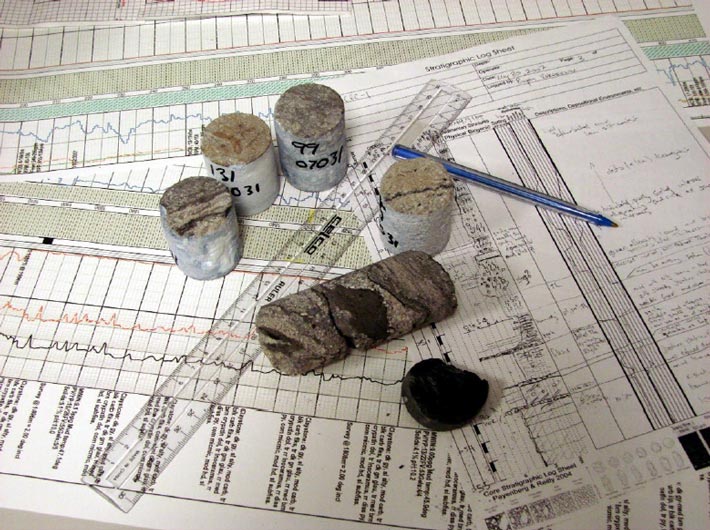Please log in to your active PESA member account in order to view this video.
Publication Name: PESA/CSIRO CCS Knowledge Transfer Series
Authors: James Gunning (CSIRO)
Publication Issue: Installment 8
Date Published: April 2024
Abstract:
Monitoring of CO2 movement is a vital part of project execution, stakeholder engagement, and social licence to operate in CCUS projects. Monitoring obligations are challenging because the injected fluid is of negligible commercial value compared to hydrocarbons, whereas O&G operators in commercial fields have always the incentive of 4D monitoring to improve recovery, in contrast to the generally defensive function of CCUS monitoring. Monitoring programs for CCS are invariably under pressure over costs, mobilisation expenses, frequency of acquisition, and duration of obligations. This context provides incentives for lower cost methods, and methods that might use permanent sensors to reduce survey costs.The laws of physics describing the expected changes in geophysical responses are the same for CO2 and hydrocarbons of course, but the unusual nature of CO2 at commercial depths makes its behaviour somewhat intermediate between methane and oil. Further, typical injection scenarios are very unlike hypothetical reverse gas production, and monitoring is typically focused on thin plumes driven predominantly by gravity forces. These factors make the surveillance of CO2 plumes often somewhat different in character to typical 4D oilfield workflows, in addition to the expectations of reduced surface footprint and acquisition costs. In this talk I aim to rehearse some of the basic facts controlling the expected effect of CO2 presence on elastic and electromagnetic properties. The resulting effect of these changes on remotely detectable signals from controlled or passive sources will be discussed, with particular attention to seismic, our benchmark wavelike high-resolution method. I aim to illustrate the main findings using published results on well-known CCUS projects. In addition, a short survey of geophysical monitoring efforts using non-seismic methods, such as diffusive or potential-fields methods using electromagnetic responses or geomechanics, will further ornament the brief selection of published work.


